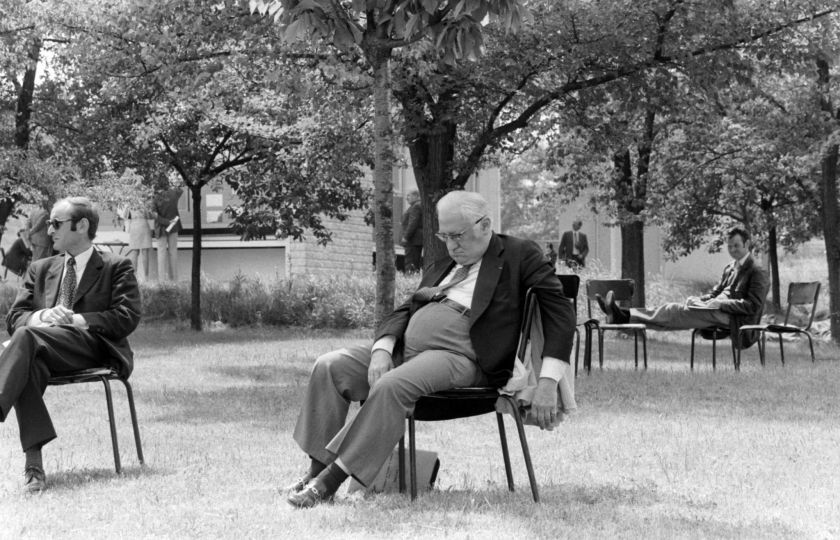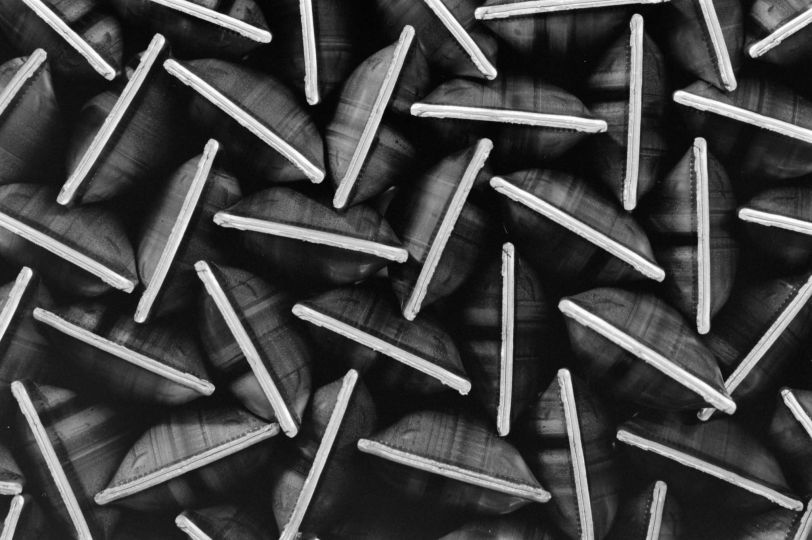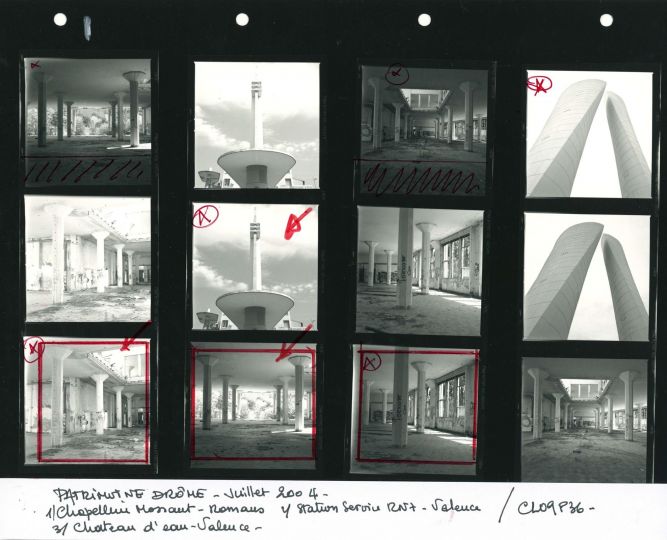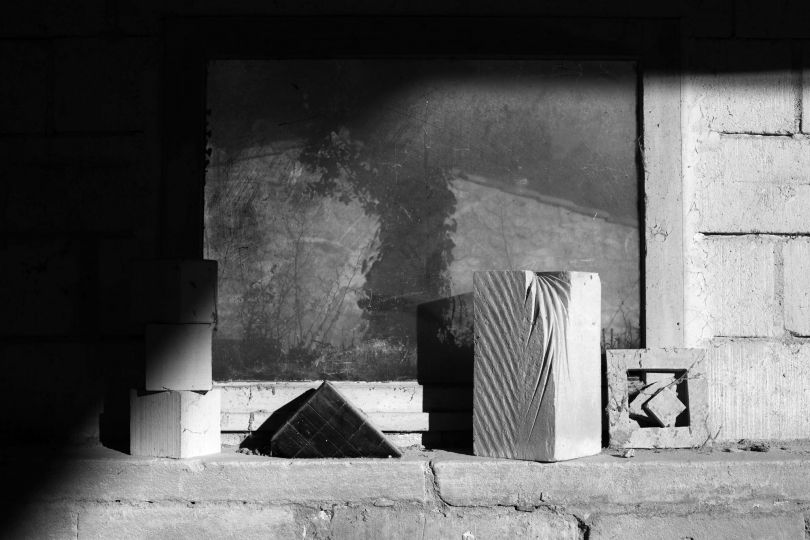From November 8th 2024 to February 8th 2025, the Municipal Archives of Lyon are hosting a retrospective dedicated to Gilles Aymard, an architect turned photographer. This exhibition explores the intersection of two intertwined disciplines.
In an interview given for his retrospective “Seeing Architecture Live” at the Municipal Archives of Lyon, Gilles Aymard shares his deep connection to Lyon, his hometown, as well as his passion for architecture and photography. Viewing the exhibition curated by Laurent Baridon, one especially senses the photographer’s love for light, buildings, the people who bring them to life, and the vibrant life around them.
In his photographs, Gilles Aymard captures both people and structures, as well as the details that make them unique—yesterday, today, and tomorrow. His work offers space for everyone. Known primarily as an architectural photographer, Aymard launched his photography career after nearly 20 years as an architect, which allowed him to travel across the country, working with architectural firms, developers, companies, and other actors in the construction sector. This rich experience brought him into contact with countless people and helped him make new discoveries, which he preserved through a more personal approach to photography. This aspect of his work reveals Gilles Aymard not only as an architectural photographer but also as an architect of photography.
During various construction projects or heritage missions, Aymard has, alongside his assignments, created dozens of series highlighting building details, plays of form, artisans, passersby, and serendipitous arrangements that transform into pure compositions—something unique to his eye. Thus, the exhibition opens with a series of portraits of buildings, then gradually reveals him as a photographer in the broader sense. Series featuring staircases or repetitive architectural elements captured in grids almost become canvases themselves.
Then, humanity enters the frame: passersby seem to engage in silent conversations with statues and monuments in Turin, Lisbon, Berlin, and, naturally, the Parc de la Tête d’Or in Lyon. Later, it is no longer people but time itself that leaves its mark on buildings, on stone, slowly erasing what once was, leaving only traces that, too, will eventually fade. These marks on walls, seen countless times yet never quite like this, are made visible by Aymard, who breathes life into architecture, giving some pictures a poetic quality.
The “Luminous Vibrations” section mirrors two architectural series captured in daylight versus artificial light, creating contrasts reminiscent of drawings or paintings. Finally, the exhibition underscores the humanistic dimension of Aymard’s work, his respect for trades and craftsmanship, and the various links in the chain that brings a building to life: artisans, Compagnons, workers, men operating like machines often perched meters above the ground, yet deeply rooted in reality.
The exhibition, featuring over 135 photographs, reminds us that photography is, of course, a matter of perception and sensitivity, but also a form of dialogue. Through Gilles Aymard’s lens, architecture becomes a beautiful illustration of this interaction.
Laurent Baridon, the exhibition’s curator, adds: “Gilles Aymard captures the essence of architecture’s many lives: that of the designers and builders who give it form and life, the volumes that reveal the personality of the structure, the forms moving in the light, the details that capture the pulse of a moment, the people who inhabit it, and, in times of decay, its dissolution and decline.”
More information






















